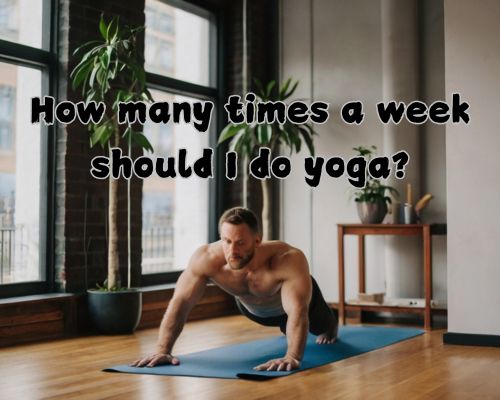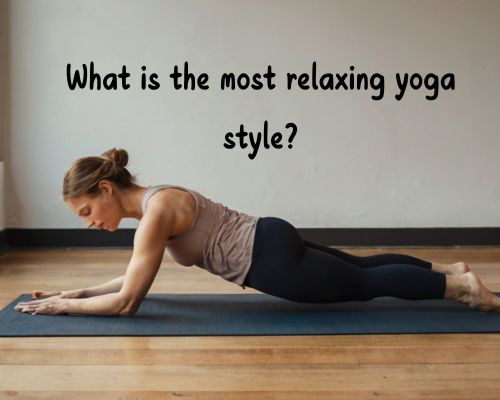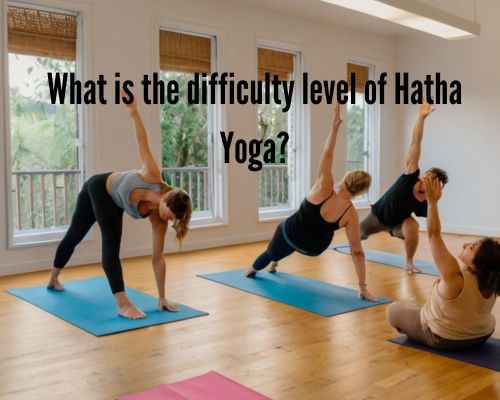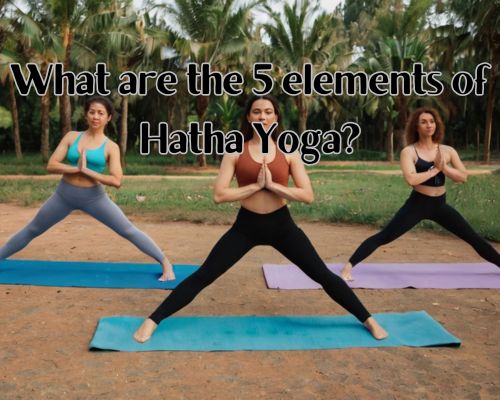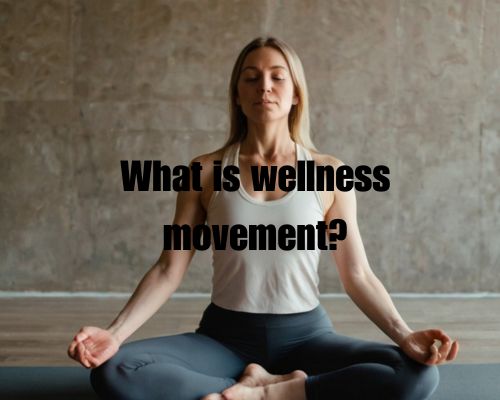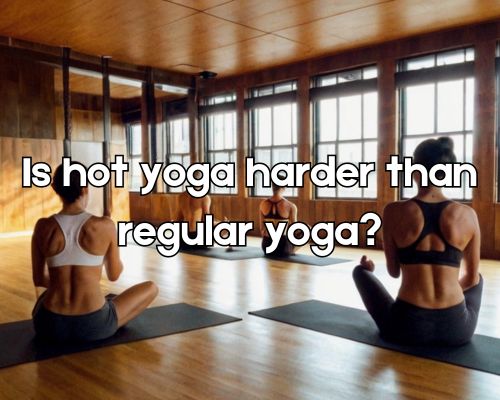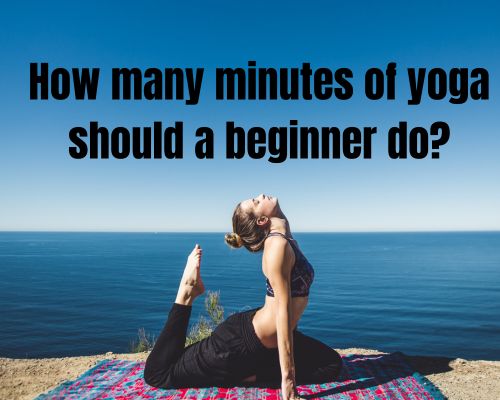How Many Yoga Poses Are There in Total? Exploring the Diversity of Yoga in Mornington, Australia
Yoga is a timeless practice that has evolved over thousands of years, embracing physical postures, breathing techniques, and meditation. For those in Mornington, Australia, yoga offers not only a path to physical fitness but also a connection to mindfulness and well-being. But one question that often arises, especially among beginners, is: how many yoga poses are there in total?
The answer isn’t as straightforward as one might think. Let’s explore this fascinating aspect of yoga and its relevance to Mornington’s vibrant yoga community.
The Origins and Evolution of Yoga Poses
Yoga as we know it today is rooted in ancient Indian traditions. Historically, the earliest yoga practices focused on meditation and spiritual enlightenment rather than physical poses (known as asanas). However, with the passage of time, asanas became an integral part of yoga, serving as tools to prepare the body for meditation and enhance overall health.
The foundational text Hatha Yoga Pradipika lists 84 asanas, which are considered the classical yoga poses. However, modern yoga has expanded significantly, incorporating thousands of variations and styles.
The Total Number of Yoga Poses: A Modern Perspective
In the modern era, yoga encompasses a vast range of asanas. Experts estimate there are over 300 foundational poses, with countless variations created to suit different practices and levels of expertise. Here’s a breakdown:
- 84 Classical Asanas: These are foundational poses documented in ancient texts.
- Modern Adaptations: Contemporary styles such as Vinyasa, Ashtanga, and Iyengar yoga have introduced hundreds of variations.
- Specialized Poses: Adaptations for therapeutic or prenatal yoga add to the diversity.
With yoga studios like Bikram Yoga Mornington, across Mornington offering unique classes, the practice has adapted to meet the needs of diverse populations, ensuring there’s something for everyone—from beginners to advanced practitioners.
Popular Yoga Poses in Mornington
In Mornington’s thriving yoga scene, certain poses are particularly popular due to their accessibility and benefits. Here are some examples:
- Downward-Facing Dog (Adho Mukha Svanasana): A staple in most yoga classes, this pose stretches the entire body and strengthens the arms and legs.
- Tree Pose (Vrksasana): Loved for its focus on balance and concentration, this pose is perfect for beginners and advanced yogis alike.
- Warrior II (Virabhadrasana II): This empowering pose builds strength and stability while encouraging mindfulness.
- Child’s Pose (Balasana): A gentle resting pose that promotes relaxation and stress relief.
The Role of LSI Keywords in Understanding Yoga Poses
When exploring the total number of yoga poses, it’s essential to consider related concepts, often referred to as Latent Semantic Indexing (LSI) keywords. These include terms like:
- Yoga styles (e.g., Vinyasa, Hatha, Bikram)
- Pose categories (e.g., standing poses, seated poses, inversions)
- Benefits of yoga (e.g., flexibility, mindfulness, strength)
Using these terms helps paint a holistic picture of yoga’s diversity and ensures the information resonates with both search engines and readers.
Mornington’s Yoga Community: A Hub for Wellness
Mornington’s coastal charm and vibrant wellness culture make it an ideal place to embrace yoga. Local studios and wellness centers, such as Bikram Yoga Mornington, offer classes tailored to various skill levels. Whether you’re exploring the foundational 84 poses or venturing into modern adaptations, the supportive yoga community in Mornington ensures you can deepen your practice in a serene and inspiring environment.
Benefits of Practicing Yoga in Mornington
Practicing yoga offers numerous physical, mental, and emotional benefits, amplified by Mornington’s natural beauty and relaxed pace of life. Here’s why yoga is particularly rewarding in this location:
- Connection to Nature: Mornington’s beaches and parks provide perfect settings for outdoor yoga sessions, enhancing the mind-body connection.
- Stress Relief: The tranquil ambiance of Mornington complements yoga’s stress-reducing benefits, promoting overall well-being.
- Community Support: Mornington’s yoga studios foster a welcoming atmosphere, helping practitioners feel connected and motivated.
Answering the Question: How Many Yoga Poses Are There?
While the question “How many yoga poses are there in total?” may not have a definitive answer, it opens the door to appreciating yoga’s rich and evolving nature. From the 84 classical poses to the thousands of variations practiced worldwide, yoga continues to adapt and thrive.
In Mornington, yoga enthusiasts can explore this diversity through classes and workshops that celebrate tradition while embracing modernity. Whether you’re new to yoga or a seasoned practitioner, the journey through its poses offers endless opportunities for growth and self-discovery.
Final Thoughts
Yoga’s expansive repertoire of poses reflects its enduring appeal and adaptability. For residents and visitors in Mornington, Australia, the practice of yoga provides a gateway to improved health, mindfulness, and community connection. From classical asanas to innovative modern poses, yoga invites you to explore, learn, and transform.
If you’re ready to begin or deepen your yoga journey, Mornington’s yoga studios and serene landscapes await. Embrace the diversity of yoga poses and discover the limitless possibilities they hold for your well-being.

